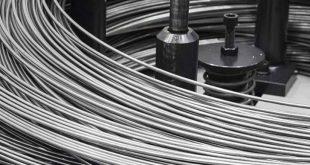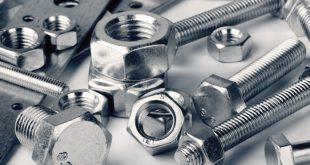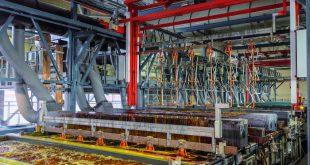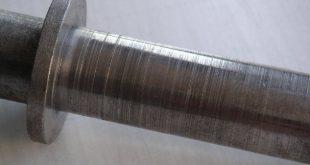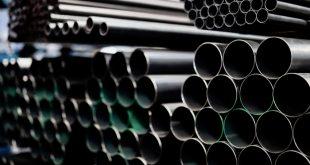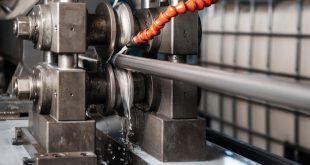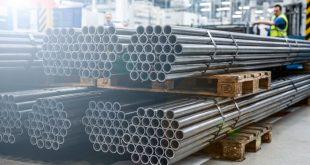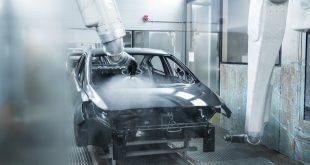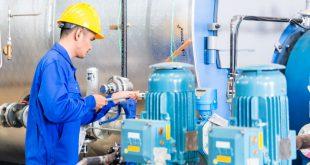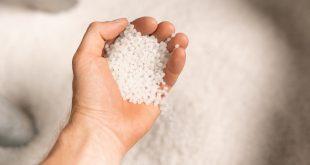« Processes, Benefits, and Applications in Modern Industry » Work hardening occurs when metallic materials are deformed below their recrystallization temperature. Discover how mechanical properties of metals change during forming processes, which industries benefit from increased material strength, and the …
Read more »Forming & Protection
Thread Forms – Rolling, Pressing, and Cutting
Threaded connections make it possible to join and separate parts easily, even when different materials are involved. They simplify assembly and disassembly and, unlike welding, do not alter the structure of the base material. But how are they made, what …
Read more »Electroplating and Anodizing: Key Differences
Professional surface treatment significantly increases the lifespan of components. The chosen method depends on the base material and the desired effect. Among the most essential techniques in this field are electroplating and anodizing. While both use electricity and can serve …
Read more »Abrasive Wear
« Abrasive Wear Causes and Countermeasures » Wear occurs whenever materials degrade through use. Abrasion is a specific form of wear that results from what is known as micro-cutting. High abrasiveness significantly reduces the service life of machine parts, places …
Read more »Surface Treatment with Manganese Phosphate Coatings
How Does Manganese Phosphating Work? Manganese phosphating is a conversion coating process used primarily on low-alloy ferrous parts. It provides excellent corrosion resistance and reduces friction and wear in sliding or rotating applications. This guide explains how manganese phosphate conversion …
Read more »Forming Processes in Surface Technology
« Where Are Forming Lubricants Used? » Forming includes those manufacturing processes in which tools apply high external forces to deliberately change the contours of materials. A prerequisite is the close interaction between material and tools, which enables force transmission …
Read more »Tube Drawing: Process and Application
Tube drawing is a critical manufacturing process that creates precise, high-quality metal tubes used in everything from automotive parts to construction materials. The process transforms stock materials into finished tubes with precise dimensions. The starting materials are typically steel hollow …
Read more »Which detackification agents are used in paint application processes?
Coagulants cause coating particles in wastewater to join together into micro-flocs and allow them to be separated during further treatment. Read here about where wastewater is generated during painting processes, how detackification works, what requirements detackification agents must meet, and …
Read more »Effective Machine Maintenance
« The Importance of Surface Treatment for Equipment Efficiency » In common terminology, the phrase “maintenance and servicing of machinery and equipment” is frequently used. Strictly speaking, servicing is a broader category that includes maintenance. The latter ensures continuous trouble-free …
Read more »Plastic Recycling in Chemistry
« What Methods Are Used? » Plastics are widely used as packaging materials, insulators, components in various machines and devices, and as coating agents. Unfortunately, their widespread use has led to increasing environmental concerns as they are now frequently found …
Read more » Kluthe Magazine
Kluthe Magazine
